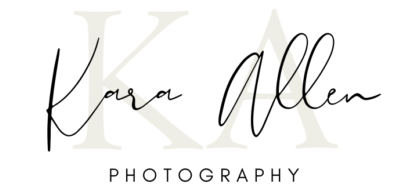What distinguishes RAW images from JPEG?
RAW and JPEG are file format options in your camera. The main difference between any JPEG and RAW file is its size. RAW files are significantly bigger than JPEG (and any other) image file formats. RAW is able to capture all of the image data recorded by the sensor without compressing your file. However, the information in JPEG images ARE compressed and with this, details can become easily lost.
Analogy Time
I can’t take credit for this analogy but when I was trying to the best way to explain I came across a photographer who nailed it. They are Hunter and Sarah and there is a link at the bottom to her post about RAW vs JPEG if you’d like to read more.
Think of the final photo as a cake. Shooting in raw is the process of gathering ingredients, deciding on the oven temperature, and baking the cake yourself. Once the cake is baked to perfection, you can customize it with your own unique frosting and decorations, just like making creative decisions in the editing process.
On the other hand, shooting in jpeg is more like buying a cake from the grocery store, then going home and trying to redecorate it yourself. Sure, you can touch up the icing here and there, but it’s already been baked, and if major mistakes have been made or it wasn’t baked the way you would’ve wanted, there’s very little you can do.
Shooting in raw lets us show up on the day of the session and use our expertise in composure and lighting and posing to gather the very best ingredients. Then, when we get back to our studios and home-offices we can “bake” the images however we like with editing. So long as we shot the images in raw, we have huge creative freedom to make adjustments to light and color — or even to fix some mistakes we might’ve made in person.
On the other hand, if we went out with our professional cameras and captured photos in jpeg, then tried to edit the photos later, it would be much harder, and the final images wouldn’t look nearly as good. Because jpegs weren’t meant to be retouched! They were created to be easily viewed and shared — not to be edited. So not only do you have to nail your exposure and white balance perfectly in the moment when you’re shooting in jpeg, but your creativity is also pretty limited on the back-end.
You might be thinking, “What’s the point? My Insta photos look fantastic.” Let me show you why bringing in a professional photographer is still an essential step.
When you view the two sets of images, keep in mind that our modern cameras are great but they are sill not as perfect as the lens in our very own eye. The way we view the colors around us isn’t always translated correctly to a photo but RAW images allow us to get that back.
These images are from sunrise in Africa and if you have ever been you will know that the final edit is no exaggeration of color…for real -the most amazing sunrise and sunsets that I have ever seen.
The first group is a JPEG pulled back in Lightroom and edited. The image is good, some would say it’s great. The second group is a RAW image and the edited version. Taken with my one and only Nikon Z6 (you’re my boy blue!)






